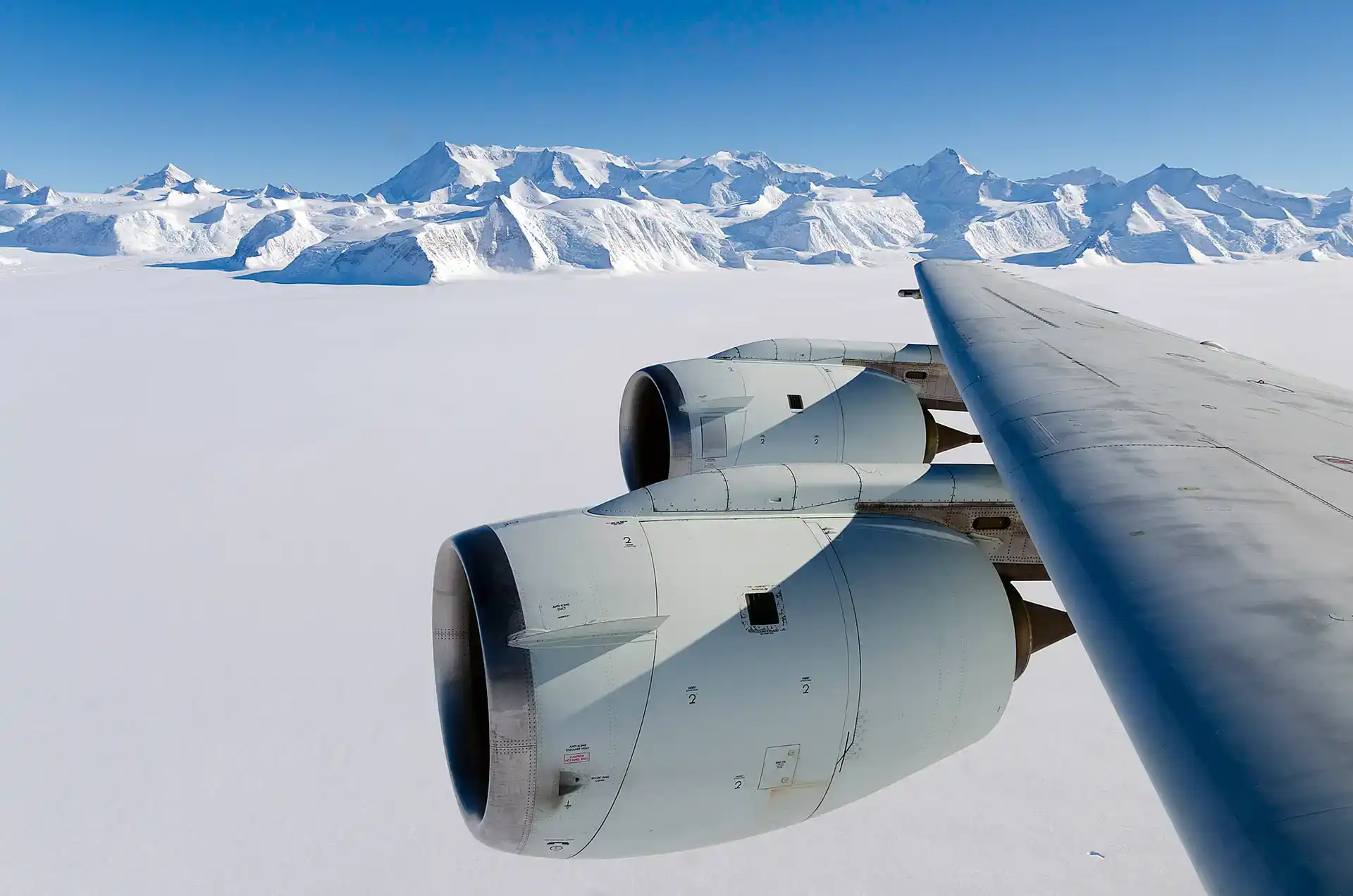- 1
- Campaigns
- 3
- Data Products

Overview
Malcolm Baldrige was a research vessel owned by the U.S. Department of Commerce and operated by NOAA. It was primarily used for oceanographic research cruises across the Atlantic Ocean. Typical research voyages could accommodate up to 50 staff and crew, last up to 36 days, and cover as much as 11,000 nmi. The Malcolm Baldrige has now been retired by NOAA.
Online information
Related Campaigns & Instruments
Review the instruments operated on this platform for each of these field campaigns
Filter data products from this platform by specific campaigns, instruments, or formats.
CAMPAIGNS
INSTRUMENTS
FORMATS
